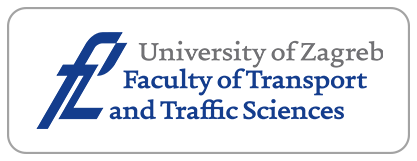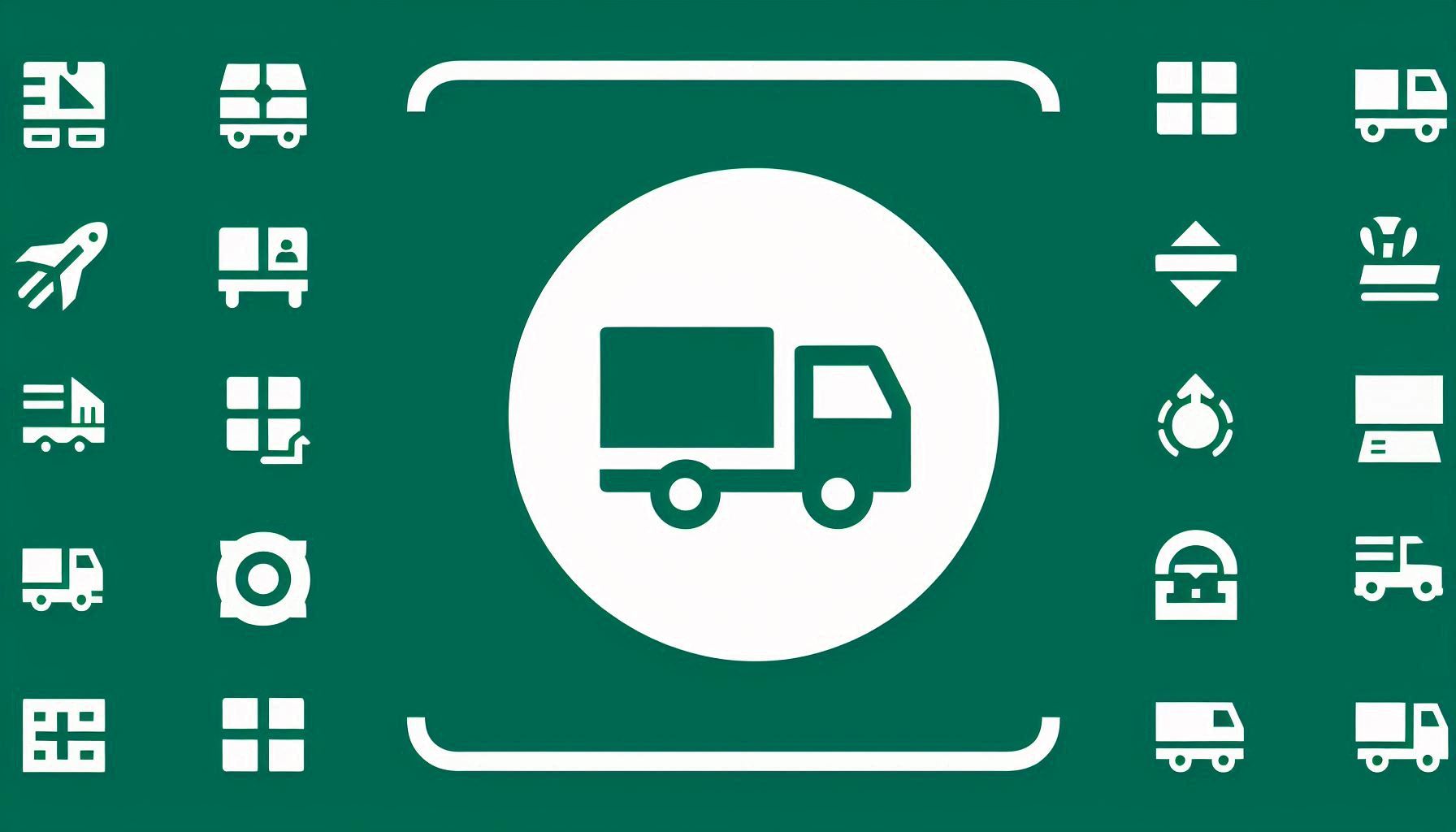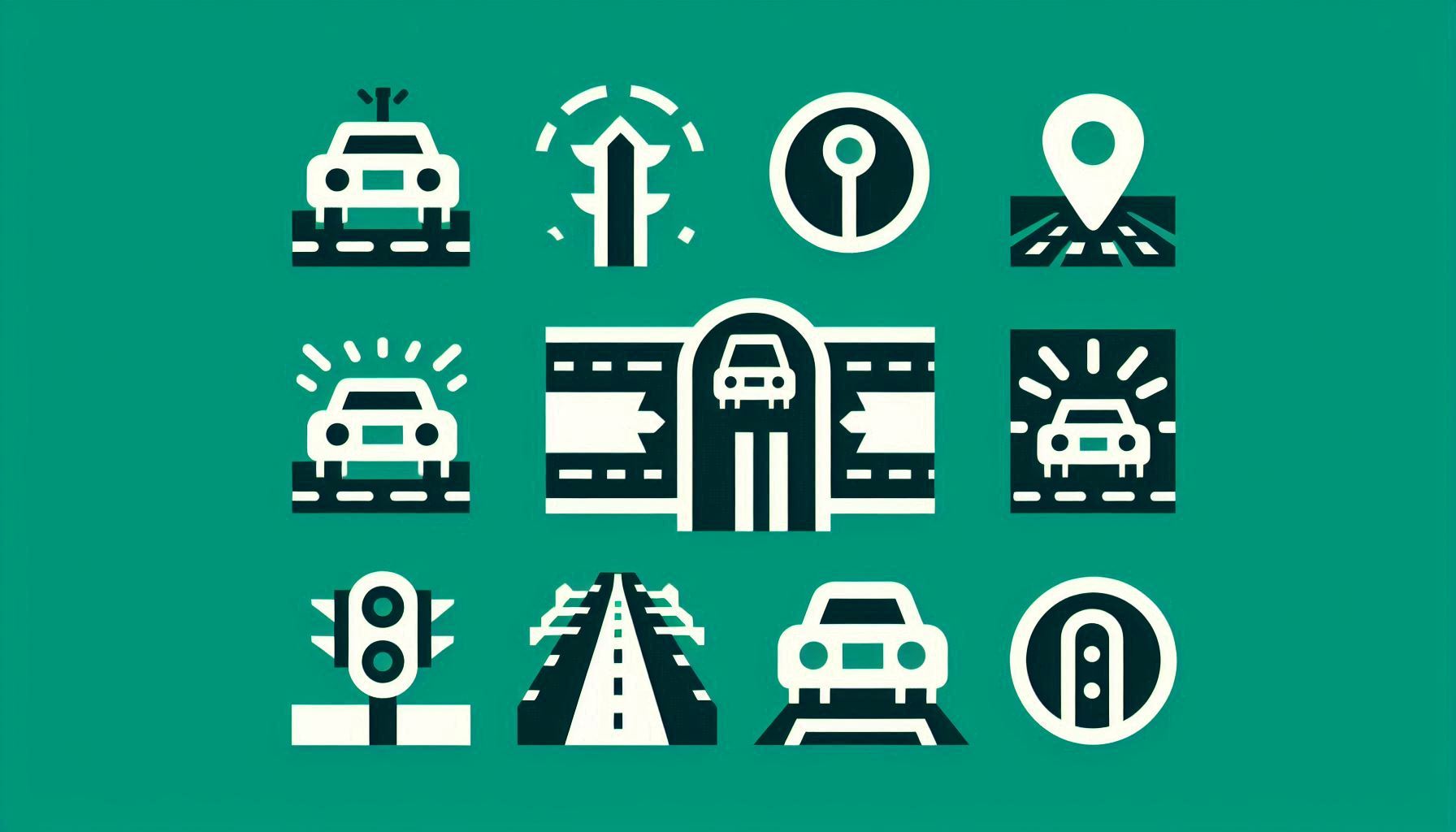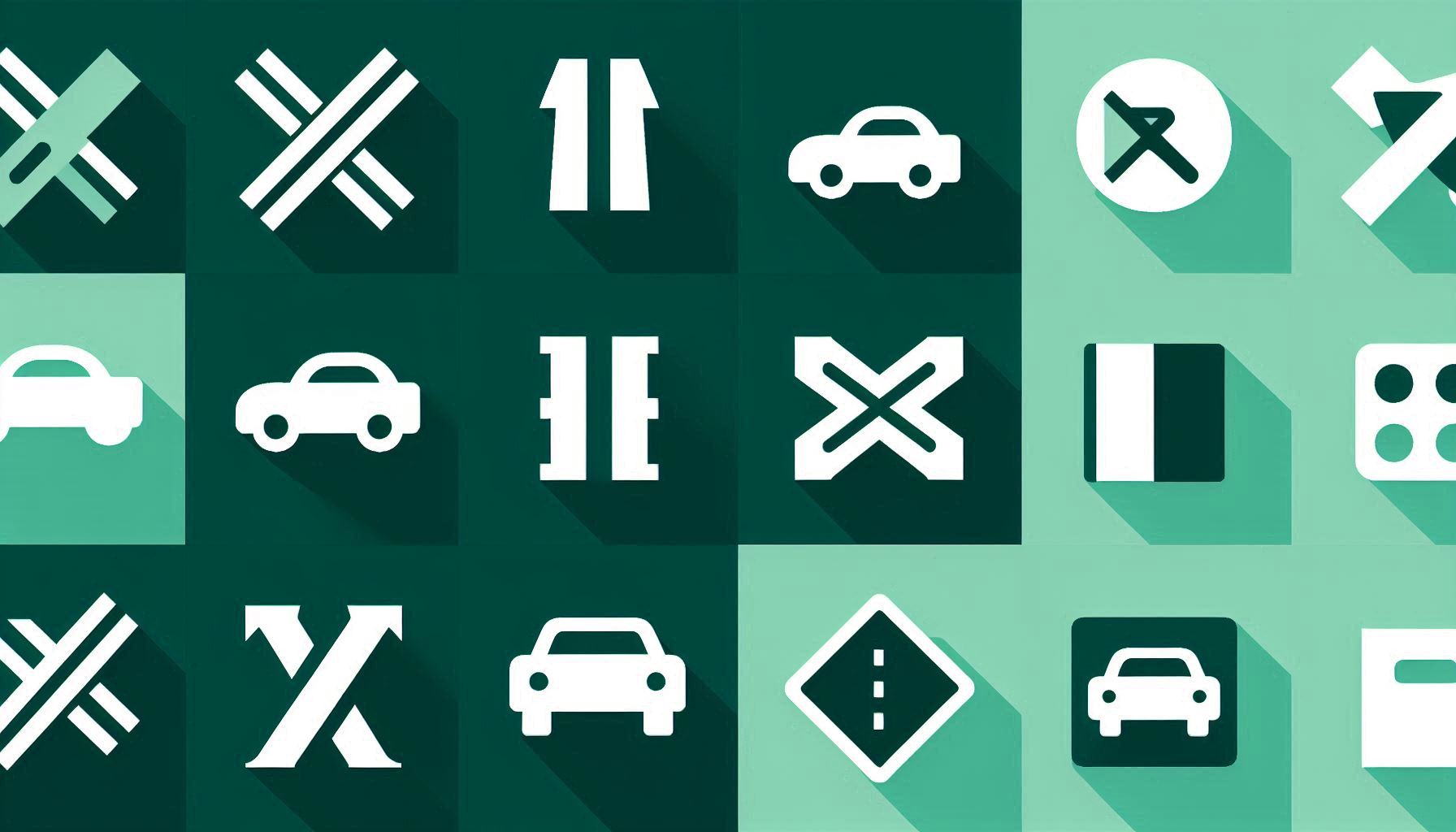Factors Influencing Drivers’ Tolerance for Large Vehicle Proportions

Downloads
To enhance road traffic safety, this study develops a classification model to assess drivers’ tolerance of large vehicle proportions under varying road conditions. It explores how personal and socioeconomic factors influence this tolerance. Six road scenarios were designed with differences in large vehicle proportion, driving time, vehicle types and road types. Behavioural and willingness surveys collected drivers’ demographics and choices. K-means clustering segmented drivers into “low”, “medium” and “high” tolerance groups, accounting for 6.77%, 51.13% and 42.10%, respectively. Based on clustering results, an ordered logistic regression model further analysed factors influencing large vehicle tolerance. Tolerance correlated positively with household vehicle usage, annual household income, driving duration and weekly driving frequency, and negatively with urban GDP, vehicle ownership and peak congestion index, with age showing no significant effect. Additionally, linear trends were observed for urban peak congestion index, urban vehicle ownership, age and driving duration. In contrast, urban GDP, weekly driving frequency, annual household income and household vehicle usage showed curvilinear effects with gradually diminishing rates of change.
Downloads
National Bureau of Statistics. National data. 2023.
https://data.stats.gov.cn/easyquery.htm?cn=C01&zb=A0G0J&sj=2023 [Accessed 20th Dec. 2024].
Kong D, et al. Analyzing the impact of trucks on traffic flow based on an improved cellular automaton model. Discrete dynamics in nature and society. 2016;2016(1):1236846. DOI: 10.1155/2016/1236846.
Haque MMS, Rilett LR, Zhao L. Impact of platooning connected and automated heavy vehicles on interstate freeway work zone operations. Journal of Transportation Engineering, Part A: Systems. 2023;149(3):04022160. DOI: 10.1061/jtepbs.teeng-7434.
Wang Y, et al. An analysis of the interactions between adjustment factors of saturation flow rates at signalized intersections. Sustainability. 2020;12(2):665. DOI: 10.3390/su12020665.
Dehman A, Farooq B. Capacity characteristics of long-term work zones on signalized intersection approaches. Transportation Research Part A: Policy and Practice. 2023;175:103791. DOI: 10.1016/j.tra.2023.103791.
Wang P, Hao W, Jin Y. Fine-grained traffic flow prediction of various vehicle types via fusion of multisource data and deep learning approaches. IEEE Transactions on Intelligent Transportation Systems. 2020;22(11):6921-6930. DOI: 10.1109/TITS.2020.2997412.
Zhao P, Lee C. Assessing rear-end collision risk of cars and heavy vehicles on freeways using a surrogate safety measure. Accident Analysis & Prevention. 2018;113:149-158. DOI: 10.1016/j.aap.2018.01.033.
Wang Y, et al. A novel traffic conflict risk measure considering the effect of vehicle weight. Journal of safety research. 2022;80:1-13. DOI: 10.1016/j.jsr.2021.09.008.
Manap N, et al. Identification of hotspot segments with a risk of heavy-vehicle accidents based on spatial analysis at controlled-access highway. Sustainability. 2021;13(3):1487. DOI: 10.3390/su13031487.
Jagatheesvaran U, et al. A study on heavy vehicle visibility and crash analysis using ANSYS. International Journal of Nanoelectronics & Materials. 2022;15.
Rahimi E, et al. Investigating the injury severity of single-vehicle truck crashes in a developing country. Accident Analysis & Prevention. 2020;137:105444. DOI: 10.1016/j.aap.2020.105444.
Hu W, Monfort SS, Cicchino JB. The association between passenger-vehicle front-end profiles and pedestrian injury severity in motor vehicle crashes. Journal of Safety Research. 2024;90:115-127. DOI:10.1016/j.jsr.2024.06.007.
Hasan AS, et al. Severity analysis of heavy vehicle crashes using machine learning models: A case study in New Jersey. International Conference on Transportation and Development 2021. 2021:285-296.
Tan L, Ma C. Choice behavior of commuters' rail transit mode during the COVID-19 pandemic based on logistic model. Journal of Traffic and Transportation Engineering (English Edition). 2021;8(2):186-195. DOI: 10.1016/j.jtte.2020.07.002.
Hosseinzadeh A, Moeinaddini A, Ghasemzadeh A. Investigating factors affecting severity of large truck-involved crashes: Comparison of the SVM and random parameter logit model. Journal of safety research. 2021;77:151-160. DOI: 10.1016/j.jsr.2021.02.012.
Khalid B, et al. Regression approach to analyze the travel characteristics of university students. Transportation Letters. 2024;1-16. DOI:10.1080/19427867.2024.2366327.
Azimi G, et al. Severity analysis for large truck rollover crashes using a random parameter ordered logit model. Accident Analysis & Prevention. 2020;135:105355. DOI: 10.1016/j.aap.2019.105355.
Aaditya B, Rahul TM. Psychological impacts of COVID-19 pandemic on the mode choice behaviour: A hybrid choice modeling approach. Transport policy. 2021;108:47-58. DOI: 10.1016/j.tranpol.2021.05.003.
Wang Z, et al. Risk factors affecting crash injury severity for different groups of e-bike riders: A classification tree-based logistic regression model. Journal of safety research. 2021;76:176-183. DOI: 10.1016/j.jsr.2020.12.009.
Won M. Intelligent traffic monitoring systems for vehicle classification: A survey. IEEE Access. 2020;8:73340-73358. DOI: 10.1109/ACCESS.2017.
China. Guideline on the design of traffic operation of urban roads. Beijing, China: State Administration for Market Regulation; 2018.
China. Technical standard of highway engineering. Beijing, China: Ministry of transport of the People's Republic of China; 2014.
Li H, et al. Uncertainty of available range in explaining the charging choice behavior of BEV users. Transportation Research Part A: Policy and Practice. 2023;170:103624. DOI: 10.1016/j.tra.2023.103624.
Yan W, et al. The research of diesel engine assembly consistency influence NOx emission based on uniform design method. Combustion Science and Technology. 2024;1-17. DOI: 10.1080/00102202.2024.2409375.
Zeng Q, et al. Measuring cyclists’ subjective perceptions of the street riding environment using K-means SMOTE-RF model and street view imagery. International Journal of Applied Earth Observation and Geoinformation. 2024;128:103739. DOI: 10.1016/j.jag.2024.103739.
Brito B, Costa DG, Silva I. Geospatial risk assessment of cyclist accidents in urban areas: A K-means clustering approach. IEEE 22nd Mediterranean Electrotechnical Conference (MELECON) 2024. 2024. p. 744-749. DOI: 10.1109/MELECON56669.2024.10608791.
Praus P. Photoreforming for microplastics recycling: A critical review. Journal of Environmental Chemical Engineering. 2024:112525. DOI: 10.1016/j.jece.2024.112525.
Keum D, et al. Effects of developmental alcohol exposure on cortical multisensory integration. European Journal of Neuroscience. 2023;57(5):784-795. DOI: 10.1111/ejn.15907.
Copyright (c) 2025 Hanbin WANG, Jianxiao MA, Wenyun TANG, Chenyang YANG

This work is licensed under a Creative Commons Attribution-NonCommercial 4.0 International License.




















